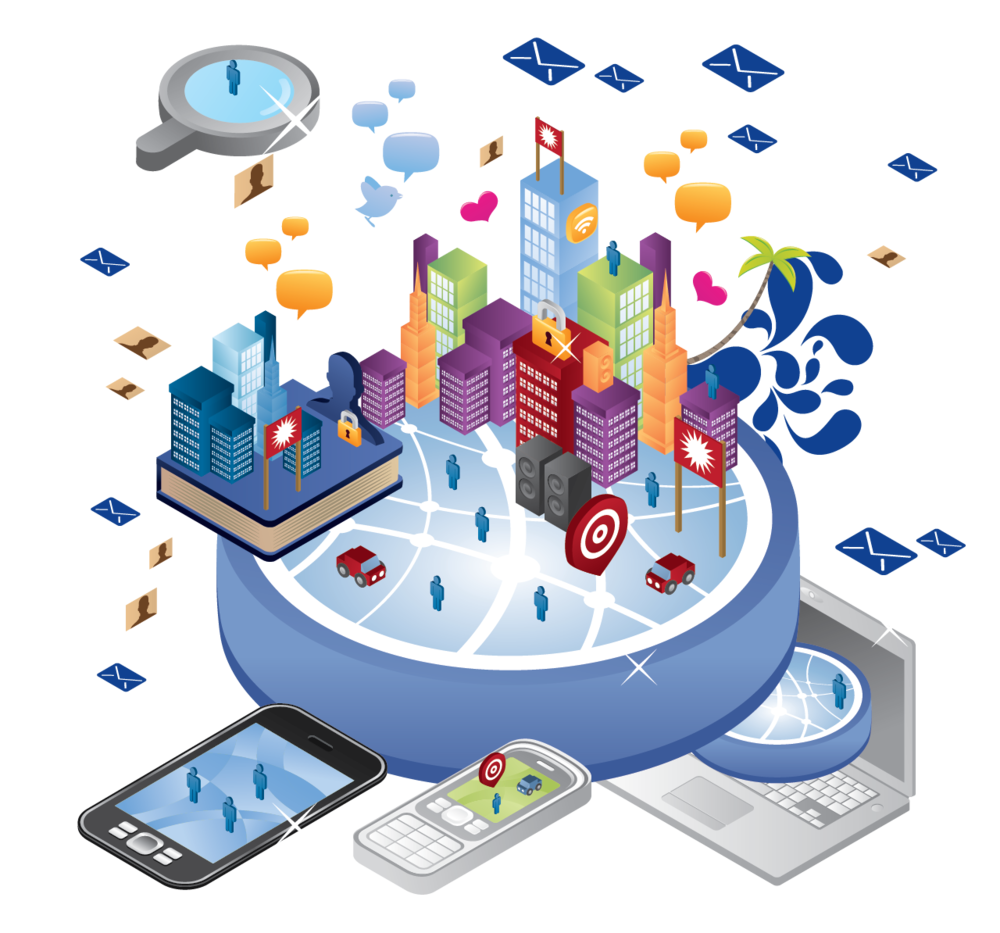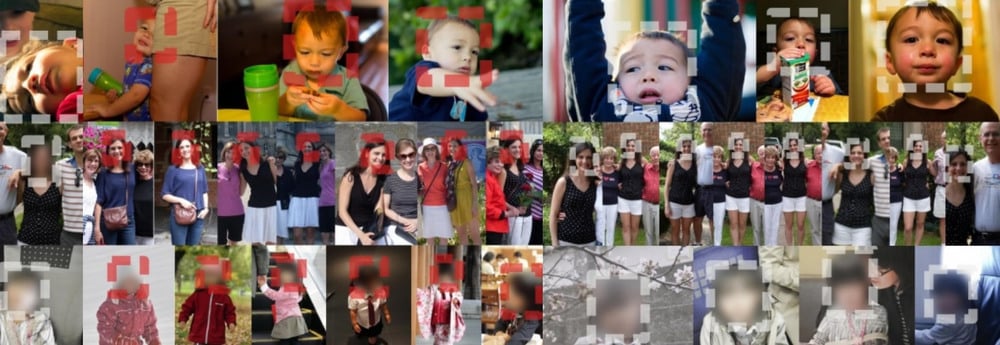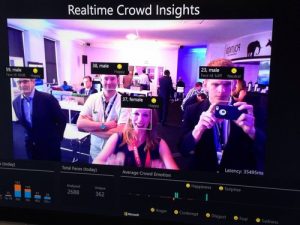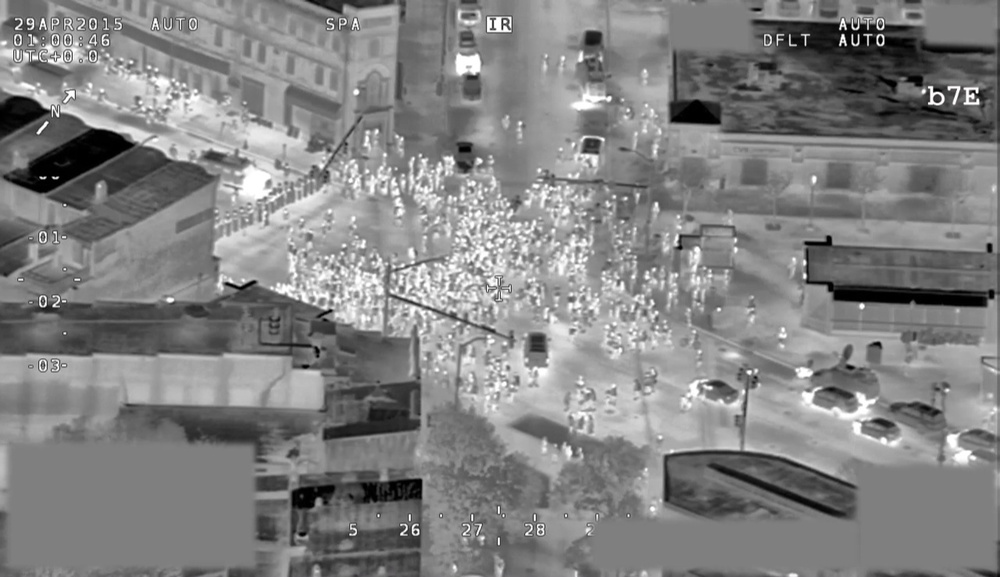FBI authorised informants to break the law 22,800 times in 4 years
“Over a four-year period, the FBI authorized informants to break the law more than 22,800 times, according to newly reviewed documents.
Official records obtained by the Daily Dot under the Freedom of Information Act (FOIA) show the Federal Bureau of Investigation gave informants permission at least 5,649 times in 2013 to engage in activity that would otherwise be considered a crime. In 2014, authorization was given 5,577 times, the records show.
Those crimes can have serious and unintended consequences. For example, a Daily Dot investigation found that an FBI informant was responsible for facilitating the 2011 breach of Stratfor in one of the most high-profile cyberattacks of the last decade. While a handful of informants ultimately brought down the principal hacker responsible, the sting also caused Stratfor, an American intelligence firm, millions of dollars in damages and left an estimated 700,000 credit card holders vulnerable to fraud.”






